An Urban Oasis: Sunder Nursery
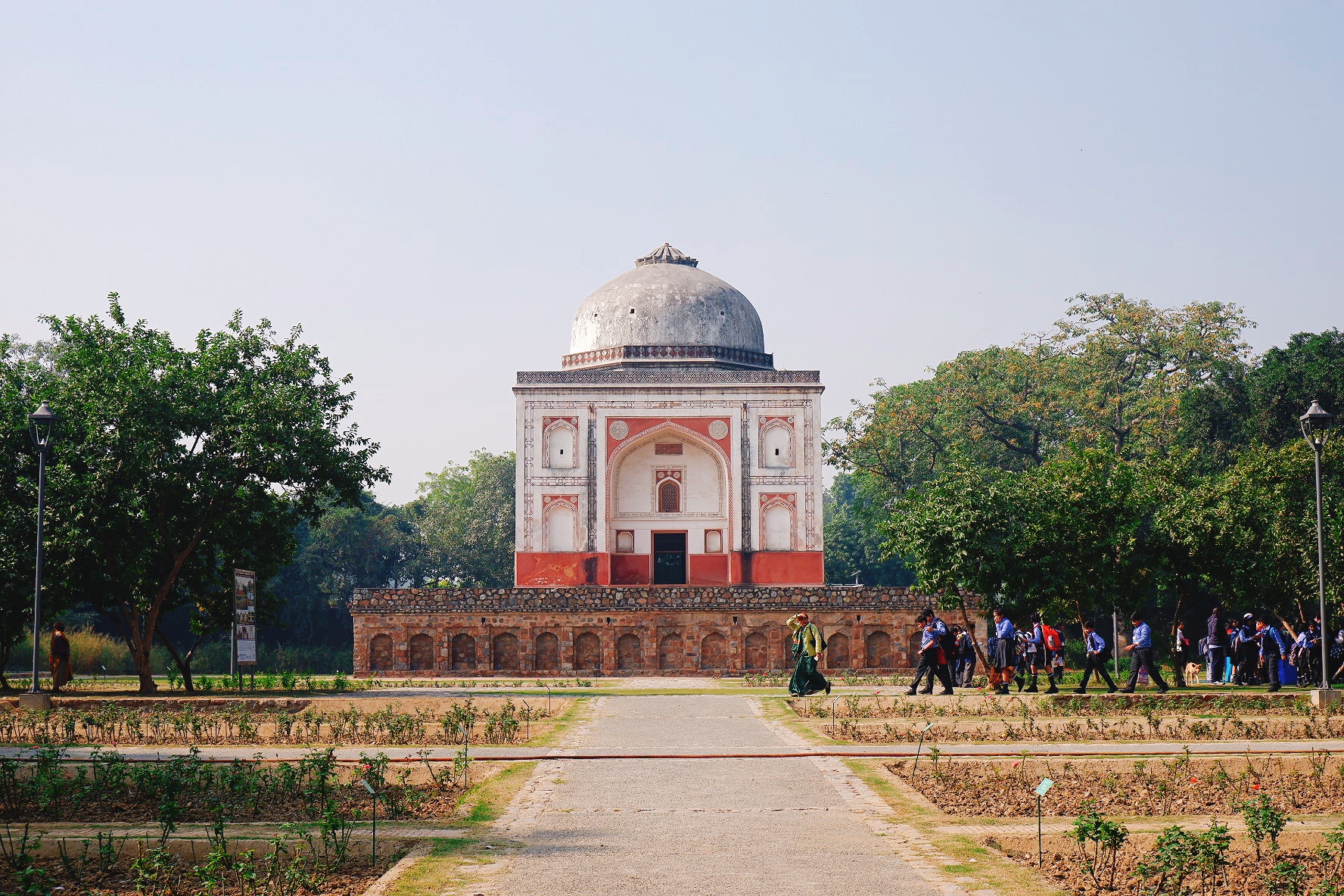
I have lived the past month shrouded in the swirls of dust that have enveloped Delhi. The smog never seemed to disperse. So, the opportunity to visit a manicured oasis in the heart of the city, a palpably green wonderland, was naturally a draw for a parched soul.
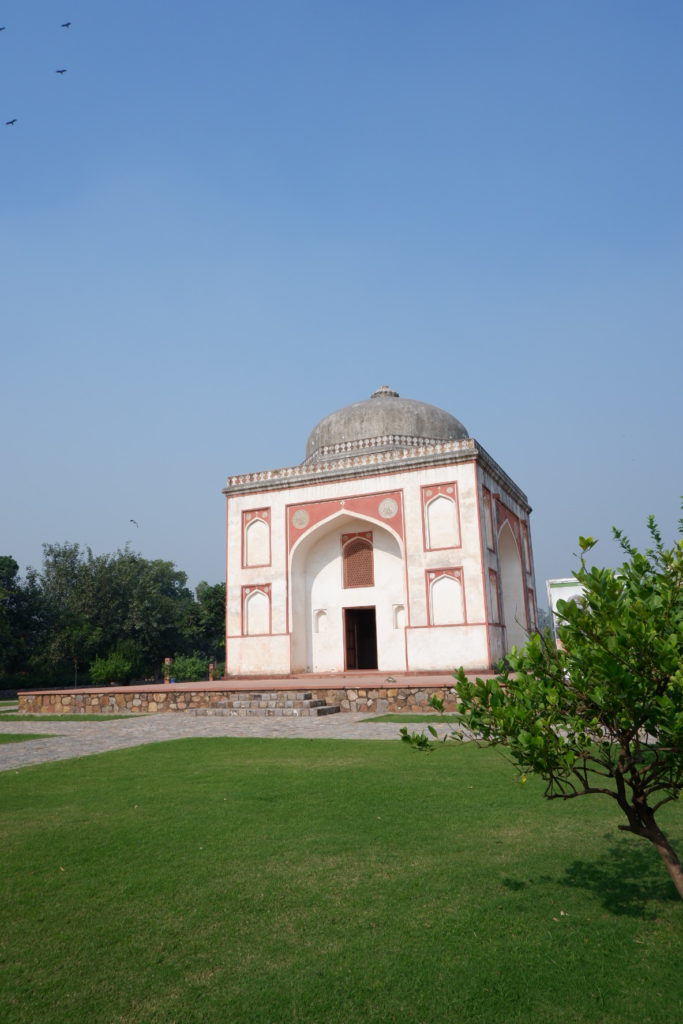
Sunder Nursery, which lies alongside Humayun’s Tomb, was originally known as Azim Bagh (the Great Garden). Spread over 90-acres, it was built by the Mughals in the 16th century. In 1913, the British developed a part of it as a nursery for native and imported tree and plant species for the residents of the new capital, New Delhi.
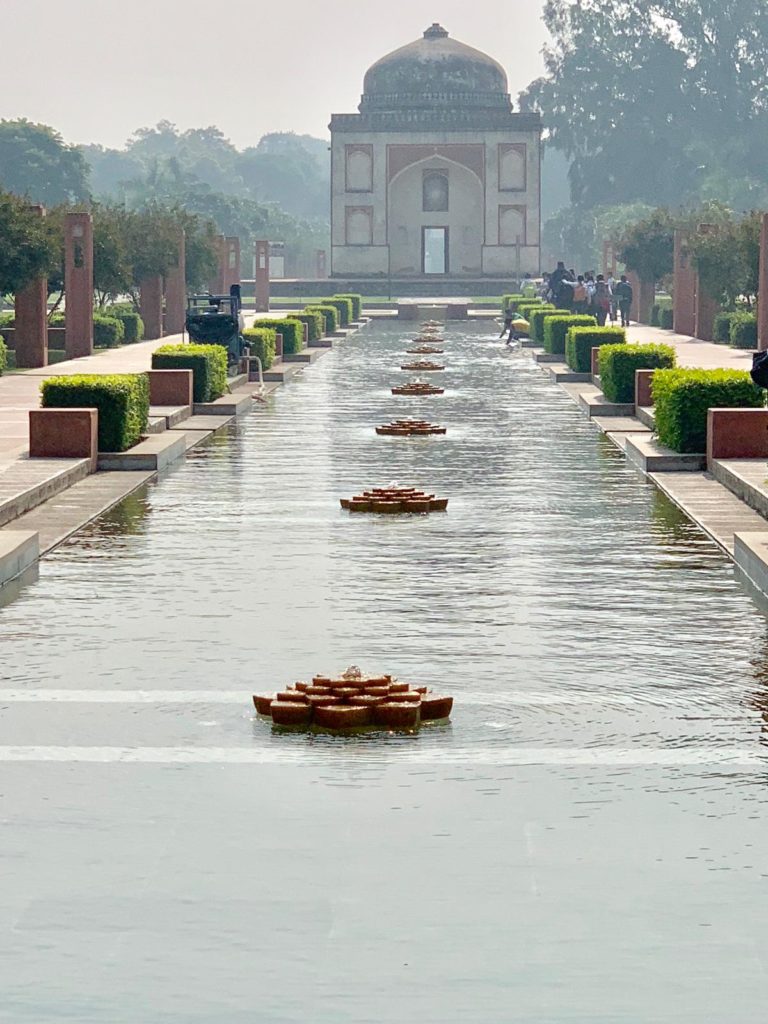
Such foresight in the country today is overshadowed by the desire to build bigger and bolder tokens of grandiosity. This folly is a remnant of the century-old industrial revolution. A movement whose power has faded across the world, yet seems to continue unabated here, at the cost of green cover.
The garden took a decade to build. A private public partnership among the Aga Khan Trust for Culture, Delhi’s Central Public Works Department, the Archaeological Survey of India and the South Delhi Municipal Corporation, the space was designed by the late landscape architect Mohammed Shaheer.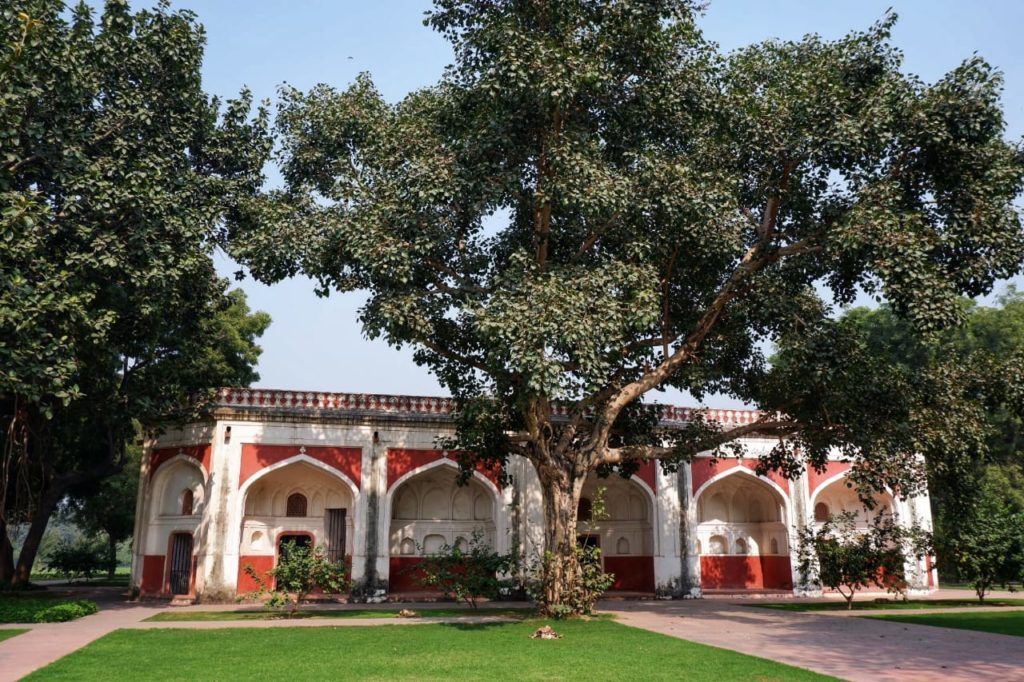
Under the shadow of the popular Humayun’s Tomb, the scale of Sunder Nursery is minuscule. But why should it be under this unfair scrutiny, when it exudes a laden charm of its own? Home to 15 tombs (more than Lodhi Garden), some are cossetted in by ancient trees with gnarly roots, while the others weather the elements with naked, sun-exposed domes. We pass by simply named tombs. Lakkarwala Burj, Sunder Burj, Sunderwala Mahal, and of course, the Mughal Pavilion.
Sunder Nursery does a Mughal Garden proud. It has a lotus pond and sunken gardens, amphitheaters and many wizened trees, and the trust is looking at an afforestation plan to attract more birds, including the regal peafowl. . It will boast Delhi’s first arboretum, in layman terms, a botanical garden devoted to trees. For lovers of miniatures such as myself, there is a bonsai house which was donated by a botanist, Mr Agnihotri in the 1950s. Some arboreal brethren in the bonsai house are a doddering 80-years-old. The spotlight will also be on Delhi’s micro habitats. Expect a garden house as well, that sprouts with native tropical plants.
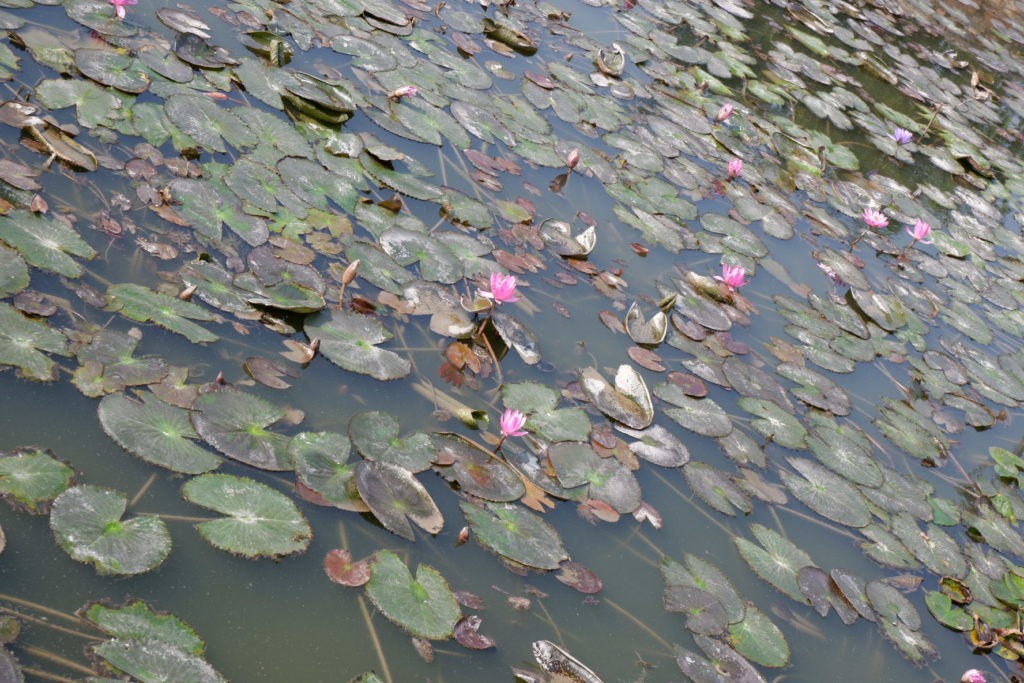
The garden is flawless. Worker bees are cleaning the pathways, scrubbing the fountains and picking the leaves. The facilities, in gleaming granite, are spotless. There are very few visitors, including a gaggle of school students who just cut across the park, perhaps on the way to the zoo, another illustrious neighbour. The Aga Khan Trust hopes that one day all these open spaces can be linked together to create the city’s own central park, over a staggering 600 kilometers. Mind-boggling, but it’s such a tempting proposition.
You could well be in your rights to imagine that this garden of delights would have never been possible. It did fall en route of the Grand Trunk Road, and was to be sliced and diced into another roadway for the Commonwealth Games, until activists took up cudgels against the authorities.
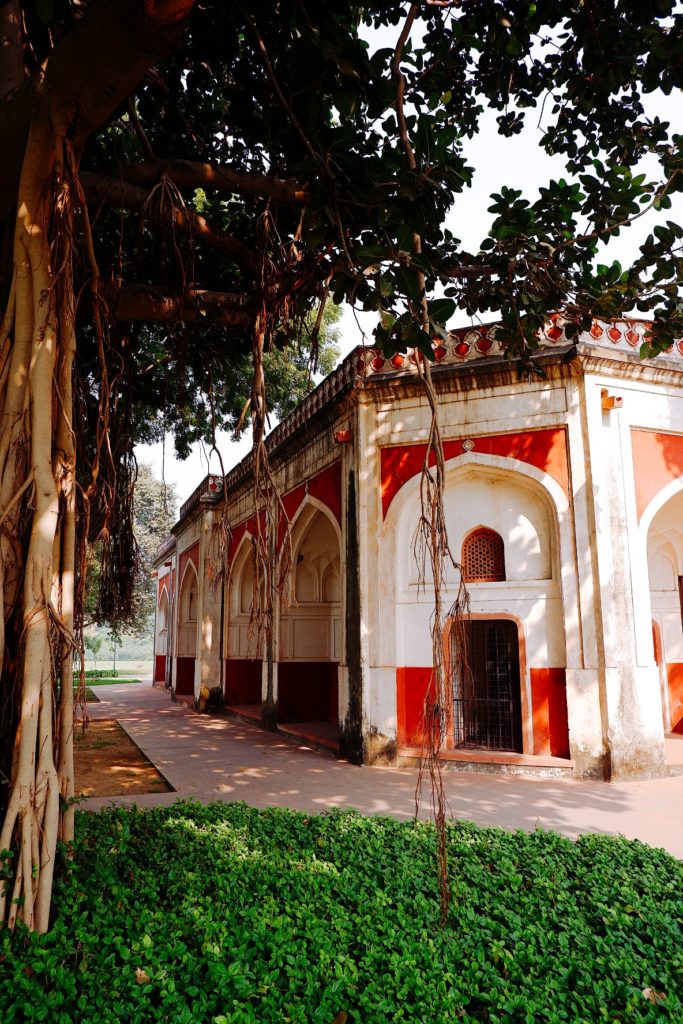
As I wander to a swing under a tree, I think how lucky I am. It’s a private sanctuary yet undiscovered by hordes of tourists that overrun every other site in Delhi. As I get ready to leave, I hope it remains this way: a gateway to the future using a refined template of the past.
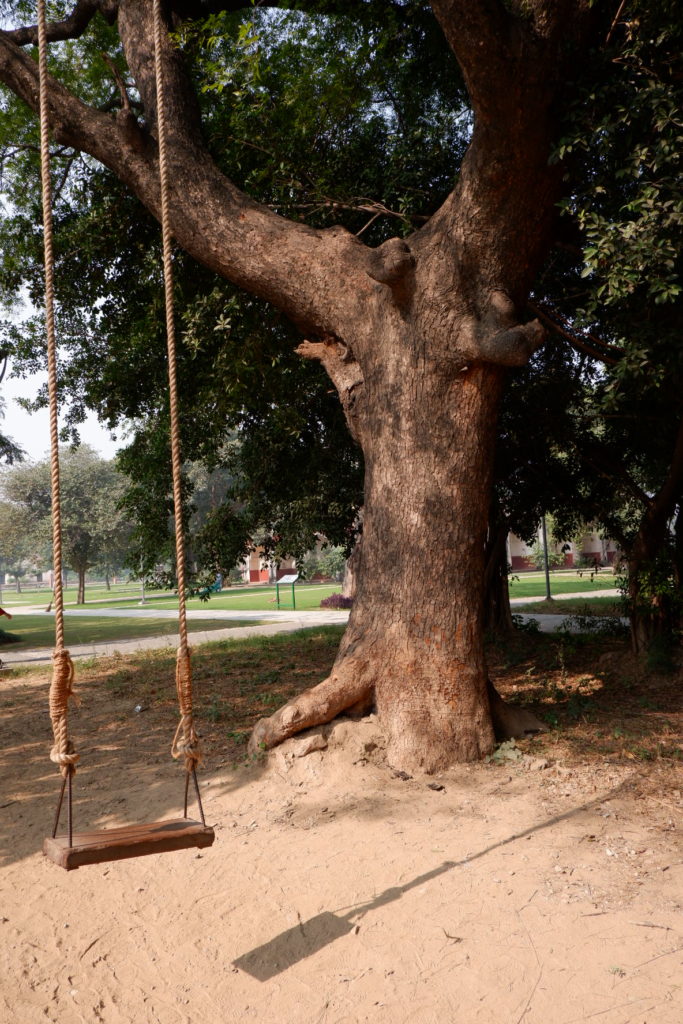

Most Read Articles

A Complete Guide to Demi-Couture Jewellery in India
The ultimate guide to artistic baubles and demi-couture jewellery that evokes the splendor of India... Read More»

Rajasthan’s Aangi Finds New Life in Aangiwali’s Fusion of Tradition and Style
Aangi is a garment woven with history. In the arid landscape of Shekhawati, Rajasthan, it... Read More»

The Ultimate Guide to the Best Natural Deodorants in India
The top 12 natural deodorants that banish BO and nix nasties for round-the-clock freshness Our... Read More»

Easy Yoga Practices for Menopause Relief
Dr Hansaji Yogendra, Director of The Yoga Institute and President of the Indian Yoga Association... Read More»
